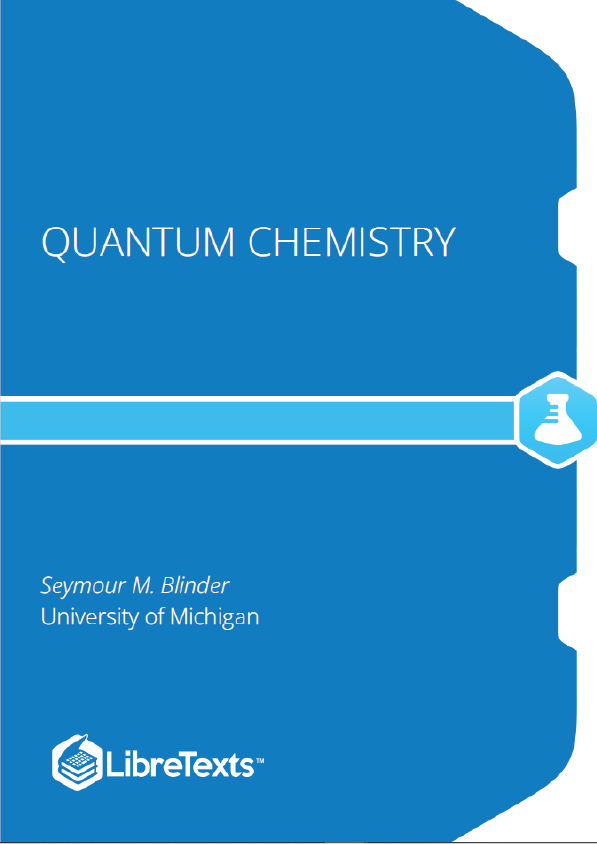Atomic and Subatomic Particles
The notion that the building blocks of matter are invisibly tiny particles called atoms is usually traced back to the Greek philosophers Leucippus of Miletus and Democritus of Abdera in the 5 Century BC. The English chemist John Dalton developed the atomic philosophy of the Greeks into a true scientific theory in the early years of the 19 Century. His treatise New System of Chemical Philosophy gave cogent phenomenological evidence for the existence of atoms and applied the atomic theory to chemistry, providing a physical picture of how elements combine to form compounds consistent with the laws of definite and multiple proportions. Table summarizes some very early measurements (by Sir Humphrey Davy) on the relative proportions of nitrogen and oxygen in three gaseous compounds.
Compound Percent N Percent O Ratio Table : Oxides of Nitrogen I 29.50 70.50 0.418 II 44.05 55.95 0.787 III 63.30 36.70 1.725 We would now identify these compounds as NO , NO and N O, respectively. We see in data such as these a confirmation of Dalton’s atomic theory: that compounds consist of atoms of their constituent elements combined in small whole number ratios. The mass ratios in Table are, with modern accuracy, 0.438, 0.875 and 1.750.
After over 2000 years of speculation and reasoning from indirect evidence, it is now possible in a sense to actually see individual atoms, as shown for example in Figure . The word “atom” comes from the Greek atomos, meaning literally “indivisible.” It became evident in the late 19 Century, however, that the atom was not truly the ultimate particle of matter. Michael Faraday’s work had suggested the electrical nature of matter and the existence of subatomic particles. This became manifest with the discovery of radioactive decay by Henri Becquerel in 1896 the emission of alpha, beta and gamma particles from atoms. In 1897, J. J. Thompson identified the electron as a universal constituent of all atoms and showed that it carried a negative electrical charge, now designated -e.
Figure : Image showing electron clouds of individual xenon atoms on a nickel(110) surface produced by a scanning tunneling microscope at IBM Laboratories.
To probe the interior of the atom, Ernest Rutherford in 1911 bombarded a thin sheet of gold with a stream of positively-charged alpha particles emitted by a radioactive source. Most of the high-energy alpha particles passed right through the gold foil, but a small number were strongly detected in a way that indicated the presence a small but massive positive charge in the center of the atom (Figure ). Rutherford proposed the nuclear model of the atom. As we now understand it, an electrically-neutral atom of atomic number Z consists of a nucleus of positive charge +Ze, containing almost the entire the mass of the atom, surrounded by Z electrons of very small mass, each carrying a charge -e. The simplest atom is hydrogen, with Z = 1, consisting of a single electron outside a single proton of charge +e.











